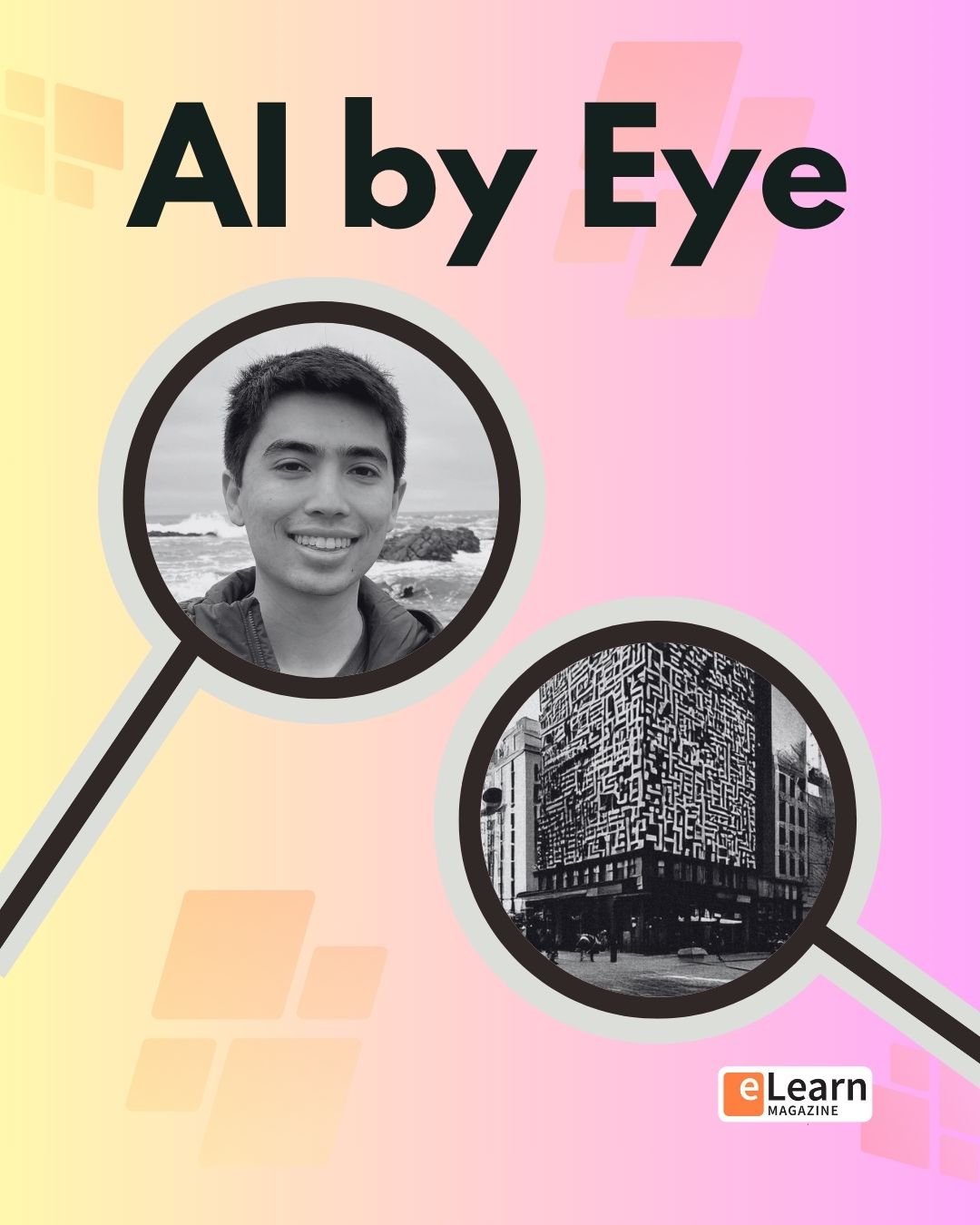A technology is not disruptive because it makes a company a little more profitable than the others. Technologists, especially those related to learning and skills, should conceive disruption to its most existential ramifications: A phenomenon that opens new ways to conceive and address social and structural problems. It could algo bring entirely new and bigger challenges. And we should encourage them as well.
Arguably, mobile phone are one such disruptive technology in recent years. Its growth and penetration sure have some importance. In the mean time, they transform industries, societies and mindsets. As a way to understand the implications of living in an “always online” world, and embrace the opportunities of the digital landscape in real life, the concept of Online Merge Offline was born.
Slowly but steadily, the EdTech begins to appropriate OmO into their strategy. Perhaps the pioneer in this sense has been TAL Education Group, top of the class among China’s EdTech unicorns as well as the booming online tutoring industry. For the past couple of years, they went from a 100% online experience, to setting up physical locations for tutoring sessions, to an OmO mesh, deemed essential for the penetration in more cities.
Today, the challenge for any organization is to successfully replicate their experience on both realms. The same holds true for learning organizations, educational institutions and EdTech companies. Taking a look at recent examples and practices, here are some key insights for those willing to rule both online and offline.
Demistify Data Privacy through User Empowerment
For many reasons, it is only possible to build a properly coordinated experience by “connecting the dots,” meaning the meaningful interactions a user has. Data is at the center. Among other things, it is key to successfully develop algorithms that provide one-on-one relationships with any number of users and guarantees the preservation of states.
The operative word is meaningful: The user should be encouraged to engage in OmO relationships if they understand how their data is used and stored; and above all, if they have complete control at all times of the process, including their decision at any time to be forgotten.
In learning, initiatives such as GDPR must be seen as the first step in a more open, not necessarily confrontational relationship with companies that handle user data. The next stage for data protection regulation is to ensure the user remains owner and main beneficiary of the data.
A new normal for reputation-based relationships
Online and offline marketing work in specific and often different ways which will not change for the foreseable future. But OmO does propose multiple bridges of coordination with minimal latency. One of them involves reputation, and more generally social-based rewards\punishments. We have only started to witness the early stages, in the form of “grassroots” campaigns by users, or —surprisingly often—, employees.
In learning, many elements of reputation based are already available to us. Clear illustrations are online certificates, badges and portfolios. It is also easy to see how a next generation of social validation of learning would not only be focused on academic requirements, but on the practical implications of newly acquired skill. Learning can be seen as its social impact, both digitally and on the world. And those organizations responsible for skilled populations would rise through evidence-based reputation that stands any level of scrutiny and cannot be falsified or achieved through “p-hacking” or other trickery. In an Industry 4.0, be ready to expect Traceability 4.0.
Broaden your channels or broaden your bottlenecks
#China is likely poised to see the OMO (Online-Merge-With-Offline) future first! @csail_alliances #MITAIJobs @sinovationvc pic.twitter.com/SE8EEEwlAc
— Kai-Fu Lee (@kaifulee) November 6, 2017
China and other Asian countries illustrate good practices of what over time would lead a full-blown “transactional” OmO stage. You can start an interaction, transaction on experience on one channel, and seamlessly continue it over on any other.
In learning, the key elements remain. Begin a lesson on your phone, carry it on with a tutor live or in a classroom. (Or coffeshop, library, or coworking space, for that matter.) Furthermore, the introduction of smarter tools could also allow for the switch from human-mediated interactions to single interactive tasks, back and forth.
The era of mixed reality, at last?
XR (Mixed Reality, which encompasses Virtual and Augmented) is poised to play a key role in the user’s ability to jump between realms at will. That is, if the hardware and the economies of scale allow for it.
There are still lots of questions to be answered. But these challenges cannot automatically be thought of as helpless roadblocks. As Founder of Singularity University and the XPRIZE, Peter Diamandis, points out, digital technologies have always tended towards convergence and in this sense, OmO is the next reasonable step to take.







